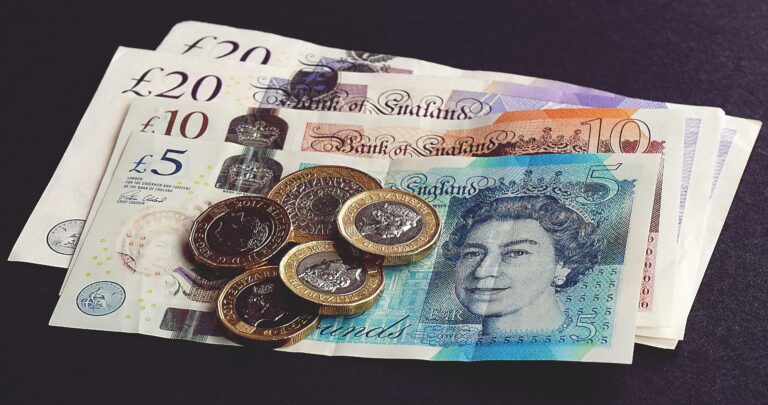
Morning Brief – Fragile
Entering market open yesterday many investors and analysts had commented on the fragility that they foresaw for yesterday’s trading session. The catalyst for the unnerved markets was the recently released US inflation data which was still not identifying a peak in price inflation that many had expected to emerge by now. As the data was continuing to fail to show inflation coming under control the market was increasingly discussing how central banks too might have to opt for a similarly extraordinary approach to deal with extraordinary conditions.
It is the rate hike fears therefore that drove yesterday’s market sell-off and flight to safety. Those fears are particularly pronounced in the US where market pricing of interest rate expectations in the short-dated end of the curve are priced at levels that the consumers and businesses alike might find hard to swallow. Whilst this debate continues heading into some key interest rate decisions this week and next, expect the price action and fear-induced selling to continue.
The Bank of England meets on Thursday to publish its latest decision. The Bank will now meet in the knowledge that the UK economy contracted last month as higher prices eroded consumers’ spending power and confidence. Currently the UK has a terminal interest rate priced at 3.5% next year. Interest rates are traded over a variety of dates and this allows us to interpret the curve of those interest rates in order to gauge expectations for UK rates over the coming years and months. The terminal rate is that point in the curve where the interest rate flattens out over time and the market has stopped pricing in tighter rates.
You can therefore interpret the terminal rate as the new normal rate for the future and the level at which we should expect rates to remain for some time. From the post 2008 financial crisis norm, this seems incredibly high and a level which I do not feel can endure for a number of years given the complexion of the modern UK economy. However, central bankers and traders alike should be reminded of a Goodhart’s law: when a measure becomes a target, it ceases to be a good measure of anything. So long as markets have the 3.5% terminal interest rate or a 10% inflation rate as a target, it is no longer a good measure of the macro economy. Whilst there may be angst when the Federal Reserve and BoE don’t meet market expectations tomorrow and Thursday respectively, there may be market turmoil in the short run. However, central bankers would do well to not treat the measure as a target and move too soon.
Discussion and Analysis by Charles Porter

Click Here to Subscribe to the SGM-FX Newsletter
Related Insights

Daily Brief – A short lived short squeeze?
A short lived short squeeze? Sterling is undoubtedly benefitting from a short squeeze. Traders on net had increased positions that benefit from Sterling’s demise leading into the budget. Depending upon the participant’s persuasion, that could have meant gaining an outright short exposure to the currency or, in a more mild form, trimming any or all […]

Daily Brief – Sterling slides
Sterling slides Sterling took a leg lower ahead of the European open yesterday. Despite some tentative signs of recovery, GBP was still unable to claw back losses incurred during yesterday’s session. Before we cover the cause and implications of yesterday’s stumble amongst GBP crosses, let’s look at why the Pound was set up for a […]

Daily Brief – A new record
A new record The daily traded FX volume has always made other markets such as equities or fixed income look relatively puny. The figure quoted would change from year to year or depending upon the source it was derived from but usually landed in the order of a few trillion dollars per day. This year, […]



 Charles Porter
Charles Porter